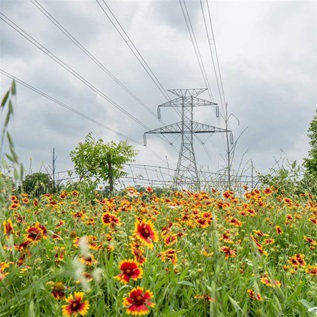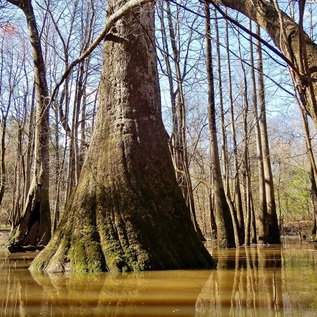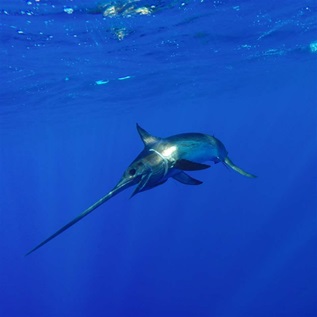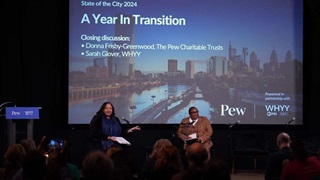To Reach Conservation Goals, Fishery Managers Must Avoid Creative Accounting
A misused designation could threaten success of global ocean protection target
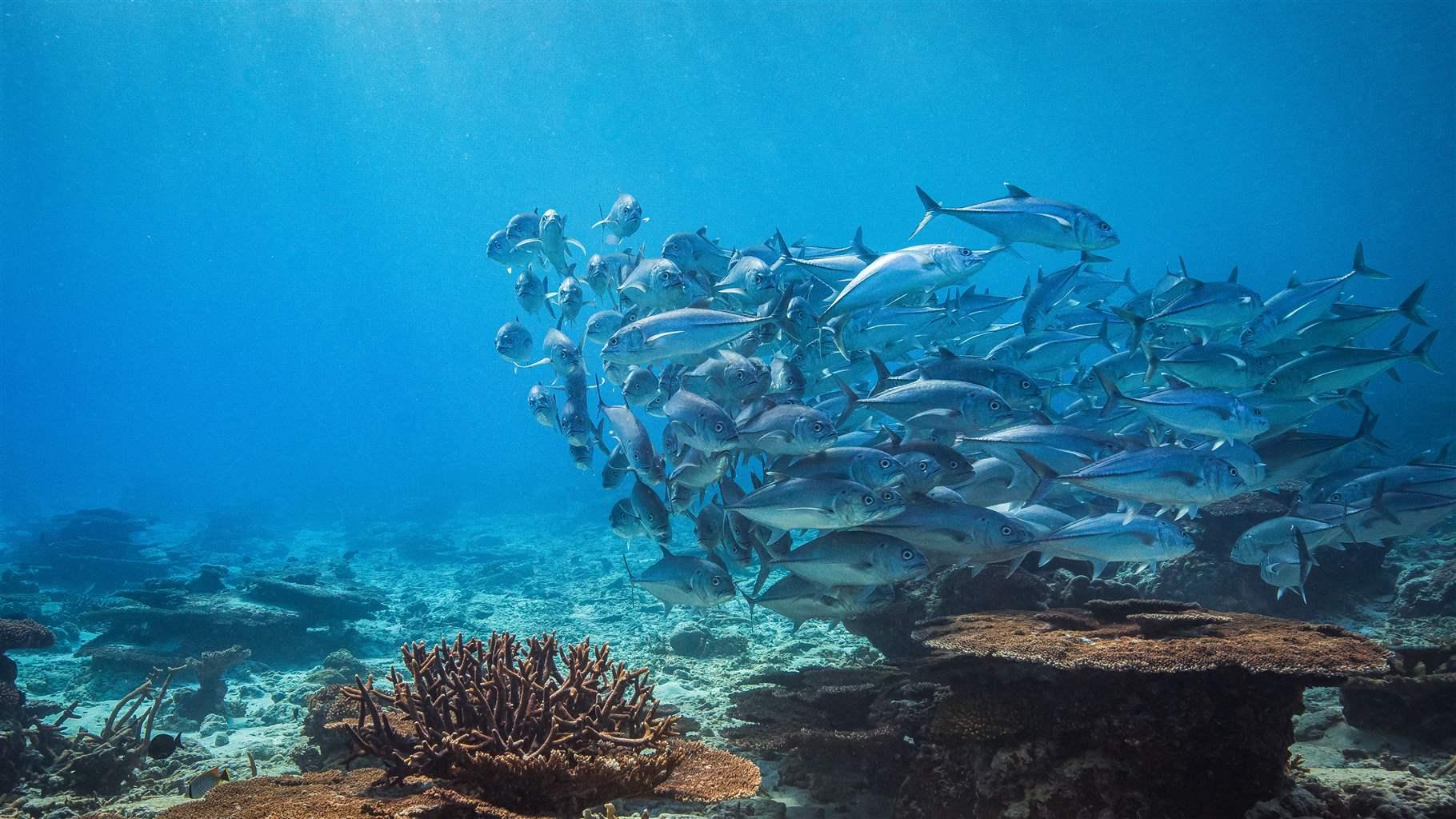
In a trend that risks watering down global conservation efforts, some governments and fishery management organizations are considering proposals to declare large areas of the ocean “conserved” even as they allow large-scale activities such as fishing to continue. These policymakers are contemplating using a designation, created in 2010 by the Convention on Biological Diversity (CBD), called “other effective area-based conservation measures,” or OECMs. Policymakers’ success in conserving critical ecosystems could hinge on how they use this tool.
CBD parties created the OECM designation to recognize areas that do not have conservation as their primary purpose but may nevertheless deliver significant, long-term benefits for biodiversity—such as sacred sites, sensitive military locations, and long-term fishery closures. When designated as intended, OECMs are an important way to recognize conservation values derived from a variety of management and governance models, including those of Indigenous peoples and local communities.
And many countries are feeling pressure to rapidly increase their conservation efforts, in large part to meet the goal of protecting or conserving at least 30% of Earth’s land and waters by 2030—a target known as “30 by 30.” That target was a marquee feature of the Global Biodiversity Framework (GBF) that CBD parties adopted in December and is based on scientific findings about the level of conservation needed to reverse biodiversity loss and ensure that natural systems can continue to support life on Earth.
OECMs also broaden who and what can contribute to the 30 by 30 target, allowing fisheries managers to play a constructive part in this conservation goal by contributing to the target if they have measures in place that meet all of the criteria to be considered OECMs. But the benefits of allowing fisheries managers to contribute to the 30 by 30 target come with risks.
To qualify as an OECM, an area must be managed in ways that achieve positive, long-term biodiversity outcomes. This requires addressing all significant ecosystem threats in a given area and considering human impacts across all sectors—fishing, shipping, and seabed mining, to name a few. Detailed guidance on how to address the threats and consider the human impacts, including advice on criteria, decision tools, and specific scenarios, is available from the CBD secretariat and other bodies.
Importantly, the guidance is clear that any sustainable use occurring in areas counted towards the 30 by 30 target must be fully consistent with conservation goals. Although the International Union for Conservation of Nature (IUCN) guidance on OECMs precludes “industrial fishing,” and CBD guidance permits only “limited types of non-industrial, traditional cultural activities,” these concepts and their application in a large-scale fisheries context have not yet been comprehensively defined.
As governments and multilateral bodies begin to identify OECMs, some fisheries managers and fishing interests are interpreting the criteria very liberally, proposing that areas with any fisheries management measures in place qualify—even when not all threats to biodiversity in the area have been mitigated. For example, the North-East Atlantic Fisheries Commission, which manages high seas fishing in a huge swath of its namesake ocean area, is considering declaring a large part of its regulatory area as an OECM, based on its restrictions on bottom fishing—despite allowing other forms of fishing to continue. Likewise, regional fishery management councils in the United States recently argued that nearly half of U.S. marine waters could broadly meet OECM criteria—simply because fisheries management measures are in place—and should be counted towards the U.S. government’s 30 by 30 efforts.
Policymakers are finding loopholes for other sectors as well. The Canadian government has announced approval of exploratory drilling for oil in an OECM, the Northeast Newfoundland Slope marine refuge, and said it intends to redraw the boundary to remove the area from long-term protection if the drilling should find a significant oil deposit.
From a conservation standpoint, these are troubling developments. Tampering with OECM boundaries post-designation puts into question the basis for its contributing to the 30 by 30 target. “Sustained long-term outcomes,” such as protecting unique or sensitive habitats and species, are a key CBD criterion for an area to qualify as an OECM and count towards a country’s 30 by 30 target. But what happens to long-term outcomes when an OECM is potentially reopened for drilling?
If these sorts of OECM proposals move forward, governments could claim to have achieved their 30 by 30 target in a matter of months without taking any additional conservation actions. In fact, the most basic fisheries management tools, such as quotas to manage catches, could be rebranded as biodiversity conservation measures—which not only would fail to halt biodiversity loss but also would risk disincentivizing new conservation actions.
To be sure, some area-based fisheries measures will certainly offer sufficient long-term biodiversity conservation to qualify as OECMs. Where this is the case, managers should be prepared to demonstrate how those measures meet CBD criteria and how other threats were assessed and mitigated. Management bodies around the world also routinely take steps to conserve biodiversity, in keeping with existing requirements to apply an ecosystem approach; these steps include rules to minimize bycatch, or to close areas to bottom trawling to protect vulnerable species and habitats. Although these actions might not qualify as the type of conservation envisaged under the 30 by 30 target, they’re nevertheless hugely important aspects of fisheries management.
And even where fisheries measures don’t qualify as 30 by 30 protections, the CBD recognizes the role of fisheries managers in conservation through conservation targets that acknowledge the socioeconomic benefits to humans from fishing while requiring that governments and multinational bodies effectively manage its impacts on ecosystems and biodiversity. If fisheries managers use these targets as benchmarks in day-to-day management, they’ll still be taking a big step forward for conservation, even if their measures don’t qualify as OECMs.
But misinterpreting the OECM criteria to notch a conservation win—which is not actually a win at all—would degrade the 30 by 30 target.
The good news is that some international bodies are working to address these risks and pave the way for effective OECMs. For example, the Baltic Marine Environment Protection Commission, also known as the Helsinki Commission, is taking the task of OECM designation seriously by developing helpful tools to interpret and apply the CBD criteria. Other organizations should follow suit.
The potential to achieve the aims of 30 by 30 and other CBD targets now sits in the hands of CBD member countries. Their appetite to hold one another to account and reject bad-faith interpretations of the agreement—particularly at international organizations where they are members—will make or break global biodiversity conservation in the years to come.
Andrew Clayton is a project director for Pew’s international fisheries program.

